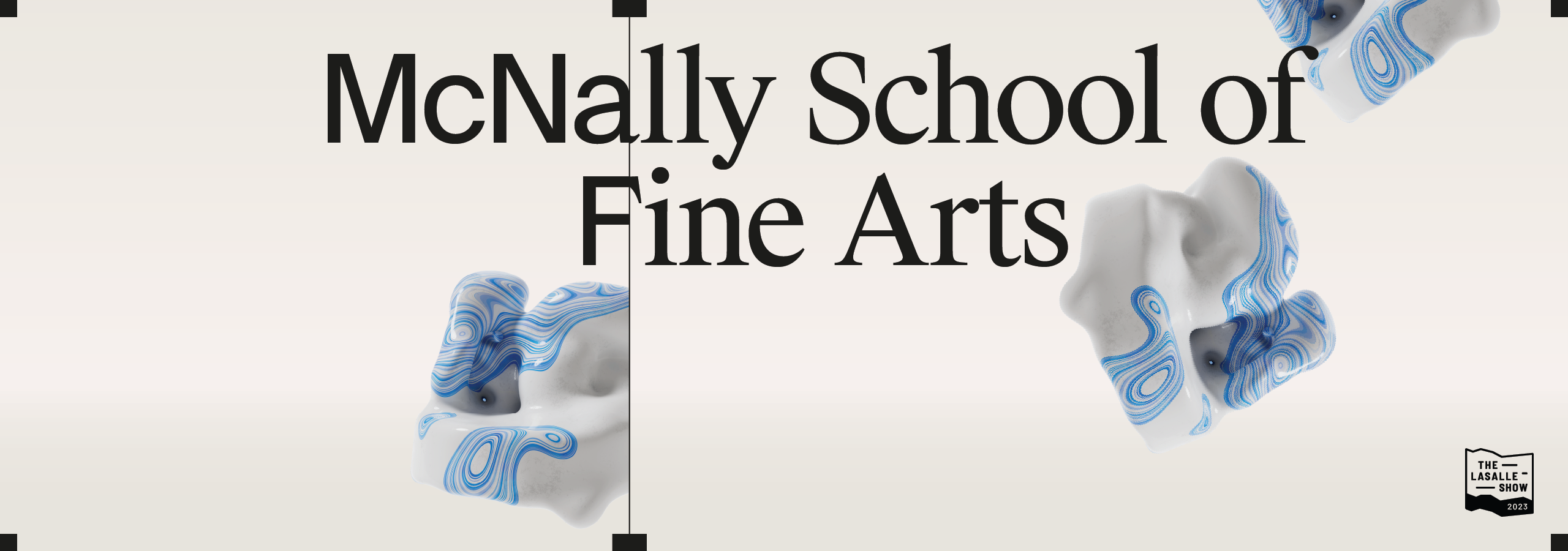The wounded rhetoric – representation of trauma in Indian contemporary art since the Babri Mosque demolition of 1992
The Babri Mosque demolition in India in the early 1990s has been the most complex political issue that has exemplified the collapse of communal harmony in the country. It became the most prominent source of communal trauma and instigated purpose-driven professionals to protest and bring about a national revolution, demanding secularism and uniformity of vision.
This thesis focuses on studying this sociopolitical event in the history of India to record an interpretation of the impact communal trauma has had on the artistic practices of notable art practitioners. Drawing on the theory of psychobiography, this thesis aims to make connections between autobiographical memory and the experience of trauma. It investigates the concept of religion and declares it as a potent influence on personal identity. It asserts the existence of continuity of memory that eventually prevents the fading away of trauma.
The thesis discusses all of the above elements by analysing biographical evidence and the artistic practice of Vivan Sundaram, Sheela Gowda and Rummana Hussain. It gradually advances into decoding the iconography of other artworks created during and after the Godhra train incident of 2002. The paper connects art to real world communal problems in India that are posing massive threats to the peace of the nation even today. It addresses the oscillating pattern of religion and nationalism, and highlights the fact that they are both considered synonymous by Hindu extremists in India to exercise control on the minority Muslims. Looking solely at trauma-based art, this paper demonstrates an understanding of the creative language used to convey complex emotions of despair triggered by communal violence.




